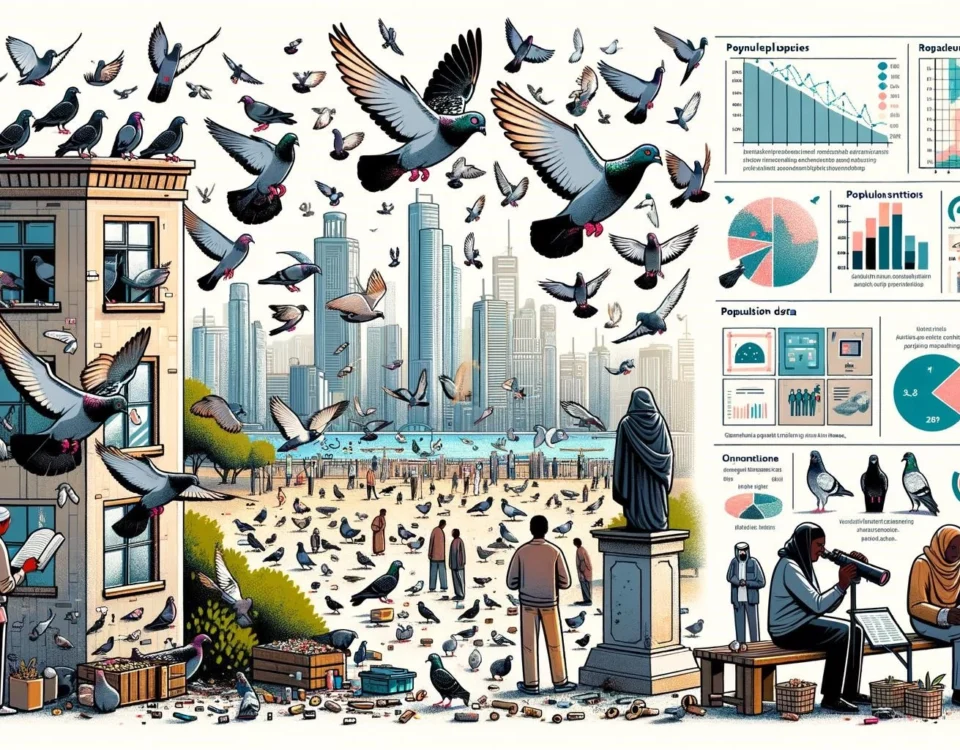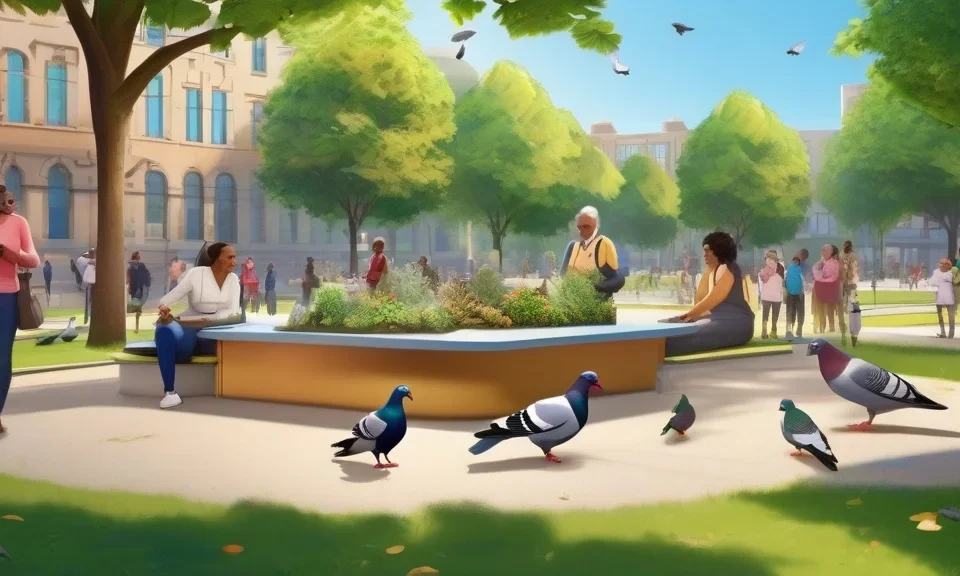Pigeons, although often considered as nuisance birds in urban areas, play an important ecological role and are in need of conservation efforts. International collaboration is crucial in addressing the conservation challenges faced by pigeons and ensuring their survival. This article will explore the significance of international collaboration in pigeon conservation, the challenges faced, and the possible solutions to protect these birds.
Key Takeaways
- International collaboration is essential for effectively addressing the conservation challenges faced by pigeons.
- Logging, wildlife trade, climate change, and invasive species are some of the major threats to pigeons.
- Efforts should focus on assessing the impacts of these threats, promoting awareness, and implementing conservation measures.
- Collaboration between conservation organizations, research institutions, and governments is vital to protect pigeon species.
- Successful measures include reintroduction programs, genetic supplementation, and maintaining suitable habitats.
Conservation Challenges Faced by Pigeons
Pigeons face numerous conservation challenges, many of which require international collaboration to address effectively. These challenges include:
- Logging: Deforestation and habitat destruction due to logging activities pose a significant threat to pigeon populations. International collaboration is necessary to promote sustainable logging practices and protect pigeon habitats.
- Wildlife Trade: Pigeons are often targeted for the wildlife trade, either as pets or for their meat. International collaboration is crucial to combat illegal wildlife trade and enforce regulations to protect pigeon species.
- Climate Change: Climate change has a profound impact on pigeon habitats, with shifts in temperature and rainfall patterns affecting their food availability and nesting habits. Collaborative efforts can help mitigate the effects of climate change and develop adaptive strategies to protect pigeon populations.
- Invasive Species: Invasive species, such as rats and feral cats, pose a significant threat to pigeon populations through predation and competition for resources. International collaboration can aid in implementing measures to control and eradicate invasive species in pigeon habitats.
International Collaboration in Pigeon Conservation
International collaboration plays a crucial role in pigeon conservation efforts and is essential for combating the various challenges faced by these birds.
1. Research and Assessment: Collaborative research projects allow for a comprehensive assessment of the impacts of threats on pigeon populations. These studies provide essential data to guide conservation strategies and policy-making decisions.
2. Awareness and Education: International collaborations can significantly enhance public awareness regarding pigeon conservation. Through joint campaigns and initiatives, conservation organizations can inform the public about the importance of pigeons and the threats they face, encouraging support for conservation efforts.
3. Conservation Measures: Collaborative efforts between conservation organizations, research institutions, and government agencies are crucial for implementing effective conservation measures. This includes the establishment of protected areas, habitat restoration projects, and the development of strategies to reduce threats like illegal wildlife trade and invasive species.
4. Reintroduction Programs: Collaborative efforts can help coordinate reintroduction programs for endangered pigeon species. By sharing knowledge, expertise, and resources, organizations can improve the success rates of captive breeding and release programs, ultimately boosting pigeon populations.
5. Genetic Supplementation: International collaboration is essential for genetic supplementation programs, which aim to increase genetic diversity and improve the resilience of pigeon populations. By exchanging genetic material between captive populations or closely related species, conservationists can enhance the overall health of pigeon populations.
6. Habitat Protection: Collaborative efforts can ensure the protection of important pigeon habitats across borders. By working together, countries can establish transnational protected areas and implement conservation measures that benefit pigeon species in their natural habitats.
7. Policy Development: Through international collaboration, conservation organizations can advocate for the development and implementation of policies that support pigeon conservation. This includes pushing for stronger regulations on wildlife trade, sustainable land use practices, and climate change mitigation and adaptation strategies.
Overall, international collaboration in pigeon conservation is key to addressing the threats faced by these birds and ensuring their long-term survival. By working together, conservation organizations, researchers, and governments can pool their expertise and resources to protect pigeon species around the world.









